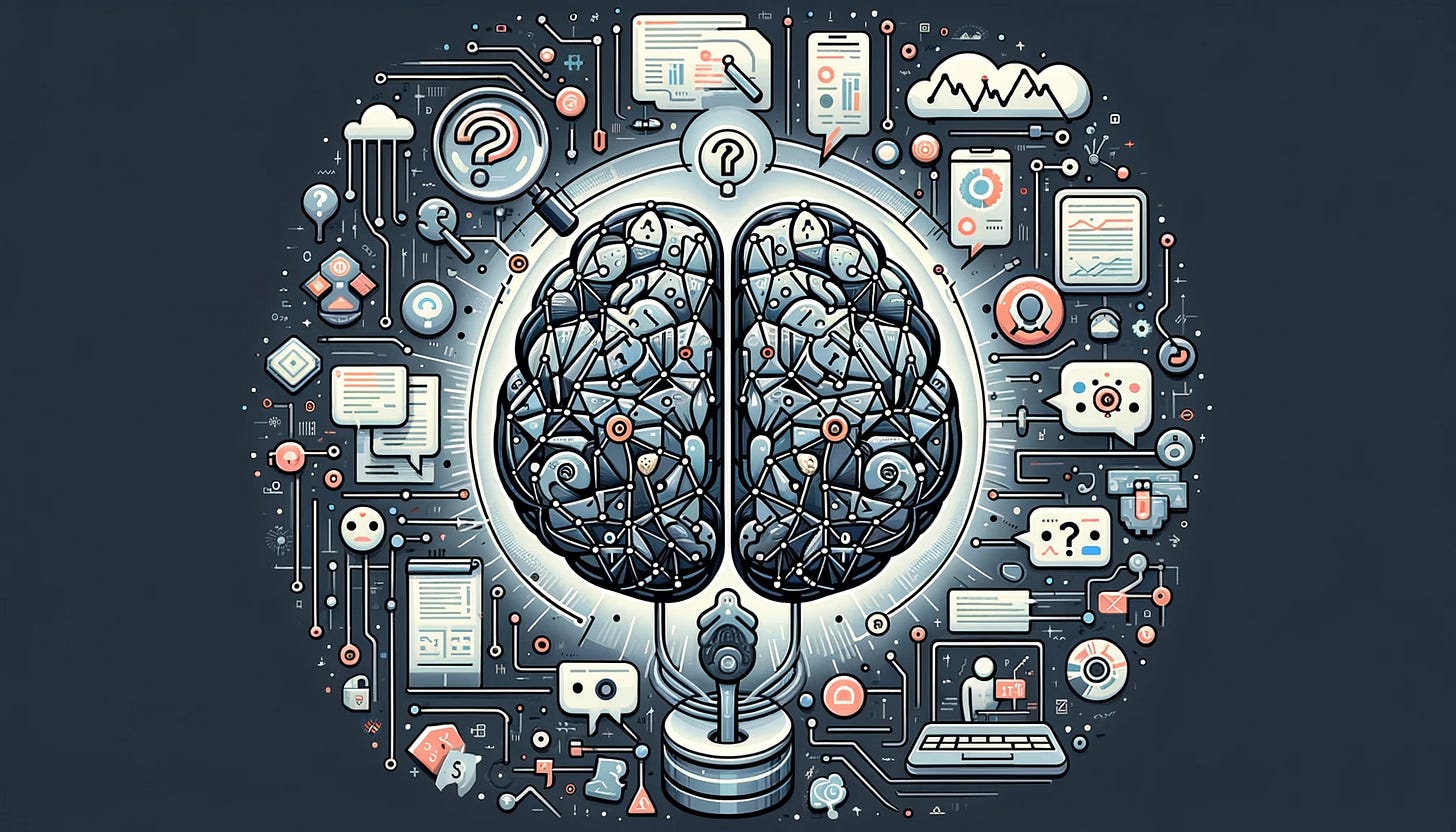🧠 AI: Understanding Hallucination in Large Language Models
Hallucination in Large Language Models (LLMs) like chatGPT refers to instances where these models generate incorrect, nonsensical, and/or irrelevant information.
This phenomenon raises significant concerns, especially as LLMs become more integrated into various sectors, including technology and business.
To understand the root causes of hallucination, it's essential to analyze several key factors:
📊 Training Data Limitations
Quality and Diversity of Data: LLMs learn from the data they are trained on. If this data is flawed, biased, or lacks diversity, the model may generate misleading or incorrect responses.
Data Representativeness: LLMs might not have been exposed to certain types of information or specific domains during training, leading to gaps in knowledge and potential hallucinations.
🏗️ Model Architecture and Size
Overfitting and Underfitting: An imbalance in model complexity and training data can lead to overfitting (where the model is too tailored to the training data) or underfitting (where the model is too simple to capture the complexities of the data).
Layer and Parameter Configuration: The way layers and parameters are configured in an LLM impacts its understanding and generation capabilities. Incorrect configurations can lead to erroneous outputs.
💭 Inference and Contextual Understanding
Contextual Misinterpretation: LLMs may misinterpret or inadequately consider the context of a query, leading to responses that are factually incorrect or out of context.
🗣️ User Interaction and Prompt Design
Ambiguity in Prompts: Vague or poorly structured prompts can lead to misunderstandings by the LLM, resulting in hallucinated responses.
User Expectations: Sometimes, the way users interpret the output of LLMs may contribute to the perception of hallucination, especially if their expectations are misaligned with the model's capabilities.
🔄 Algorithmic Constraints and Biases
Inherent Biases in AI: Biases present in the training data or the design of the LLM can lead to skewed or inappropriate responses.
Limitations in Current Algorithms: The current state of AI technology imposes inherent limitations on how well LLMs can understand and generate human language.
⚙️ Update and Maintenance Challenges
Outdated Information: As knowledge evolves, LLMs trained on older datasets may provide outdated or incorrect information.
Maintenance and Updating: Continuous updates and maintenance are required to keep LLMs relevant and accurate, a process that presents its own set of challenges.
🔍 In conclusion, hallucinations in LLMs like GPT arise from a complex interplay of factors related to training data, model architecture, user interaction, algorithmic constraints, and maintenance challenges.
Addressing these issues requires a multifaceted approach, involving improvements in data quality, model design, user education, and ongoing model maintenance and updates.
(Image generated by DALL-E)




